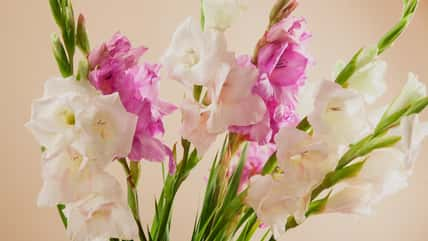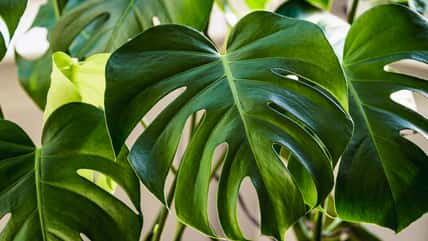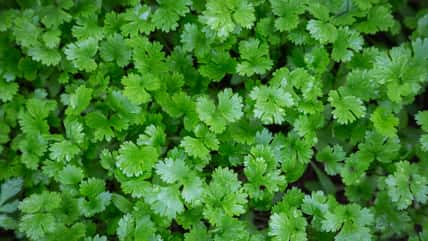One Gardening Chore You Should Be Keeping Up On Throughout The Growing Season Is Deadheading

Aside from planting, watering, pruning, weeding, and fertilizing, another gardening chore you should be keeping up on throughout the growing season is deadheading.
Adding yet another task to an already sizeable list may be annoying and overwhelming, but deadheading is necessary if you want your flowers to thrive.
Okay, so what is deadheading? Even the name sounds scary, but I promise it isn’t. Deadheading is nothing more than removing a spent or dead bloom from a living plant.
Once a plant has finished flowering, it starts the process of producing seeds. Deadheading stops the formation of seeds and directs the plant’s energy toward encouraging more flowers to grow.
Deadheading on a regular basis can also extend the length of the blooming season so that your flowers can look their best for longer.
This means you can get multiple rounds of flowers over the course of the season.
When flowers die off, they tend to shrivel up and turn brown. This can ruin the vibe of the beautiful botanical space that you worked so tirelessly to achieve.
So, as soon as you see a faded flower, remove it so you can stay on top of maintaining a neat garden.
Keep reading to learn how to deadhead flowers! Most of the time, you can simply pinch off the stem of a spent bloom using just your fingers, so it’s quick and convenient.

Victoria Chudinova – stock.adobe.com – illustrative purposes only, not the actual person
But for tougher plants, you may need a pair of garden shears to help you complete the task.
Feel free to cut the stem off as close to the bottom as you can. It helps you avoid having unattractive stems stick out. Make sure you get a clean break in the stem.
You shouldn’t need to pull or twist on it to remove it.
By the way, not all plants need to be deadheaded, so do the proper research on your specific plants before you start snipping away.
Certain perennials, such as peonies, hollyhock, and foxglove, only bloom once per season, with or without deadheading.
Here is a list of some common flowers that would benefit from deadheading: roses, cosmos, marigolds, petunias, sweet peas, geraniums, snapdragons, and zinnias.
If true crime defines your free time, this is for you: join Chip Chick’s True Crime Tribe
Many People Say That She’s The One Who Really Made Vincent van Gogh Famous
Sign up for Chip Chick’s newsletter and get stories like this delivered to your inbox.
More About:Gardening





